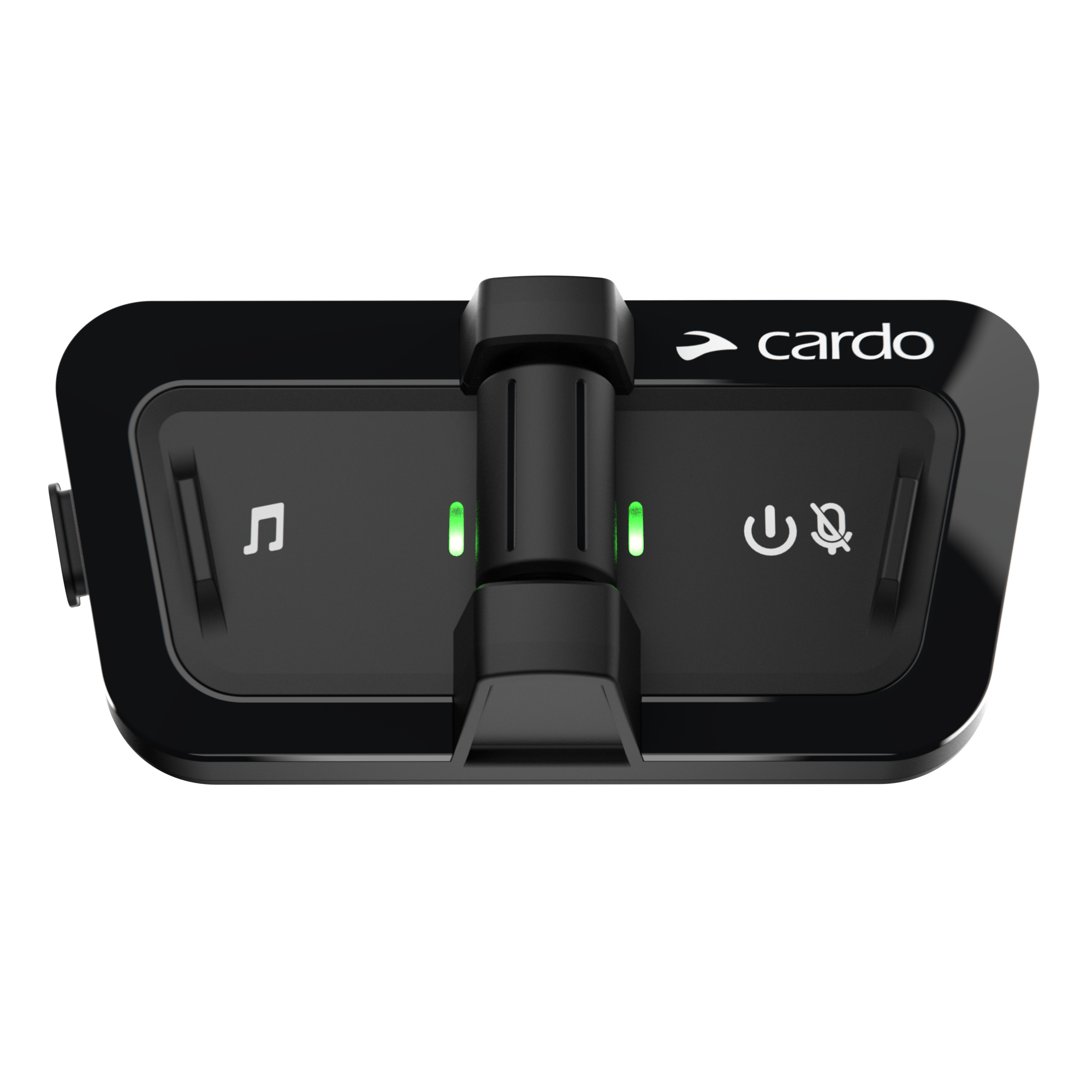Climbing challenges your body and mind in new ways. Not only will you build up your upper body strength, balance and stability, but you will also learn how to plan ahead and solve problems one step at a time. That’s on top of all the benefits of being in nature. Indoor climbing may be climbing in popularity, but nothing beats the joy (and thrill) of scaling the natural environment. When you reach the top, you can take in the view and see sights that most people only read about in books instead of just climbing right back down to the bottom. If you’re looking for a new way to challenge your climbing skills, head out to a designated rock climbing spot near you.
But climbing outside isn’t the same as joining a local climbing gym. You need to protect yourself from the elements and mount yourself to the cliff face instead of relying on built-in safety equipment. Use this rock climbing equipment list to safely tackle any wall that comes your way.
Use the Cardo Packtalk Outdoor to Sync Up
Climbing Shoes
It all starts with the proper footwear. The average tennis shoes won’t do. Climbers have no shortage of options to choose from. Regardless of what brand you choose, make sure the shoe is made of durable materials that can easily hold up under pressure. Rubber is usually the preferred choice. The bottom should have a textured tread pattern that will keep you securely rooted in place.
You may need to bring a change of shoes to get to the climbing destination, especially if you need to travel through mud or deep stretches of water. Use stabilizing approach shoes to keep your balance when walking or hiking over uneven territory.
Chalk
Every climber needs to keep their hands dry so they can hold onto the rock without losing their grip. Some prefer to wear gloves, but the traditionalists refuse to cover their hands. Keep a bag of chalk on your person so you can get rid of the sweat on a dime. Secure it to your person for fast access on the ascent.

Source: africa_pink/Shutterstock.com
Harness and Rope
You will need a harness to catch you if you fall. It allows you to belay your partner by balancing the weight between a fixed point attached to the rock. The harness should be comfortable to wear without impeding your range of movement. You can also use a single harness if you are climbing alone, but it always helps to have a partner.
Helmet
It’s best to wear a helmet when you’re just starting out. Any wall higher than 10 feet can leave you exposed to injuries if you fall. Wear a helmet that stays securely attached to your head. It will absorb the impact to keep your head intact. You can also lay down a crash pad to further soften the blow.
Wireless Communication
If you’re with a group or partner, make sure you can talk to each other when navigating the cliff so you can point out weak spots and avoid risky situations. You might have trouble hearing what the other person is saying when you’re not facing each other. Use the Cardo Packtalk Outdoor to safely communicate. It fits onto your ears with or without a helmet. Just speak into the receiver to strike up a conversation so you can coordinate your way to the top.
You can also use the headset to listen to music or your favorite podcast while climbing. Find a headset with quality JBL helmet speakers that enhance the quality of the audio. They also allow you to wirelessly control the volume so you can keep your hands free.
Get Our JBL Helmet Speakers Here

Source: PedkoAnton/Shutterstock.com
Climbing Backpack
If you’re going far and don’t plan on returning to the ground any time soon, make sure you have everything you need on your person to get to the top of the peak, including water, food, sunscreen, extra carabiners and a change of clothes in case you get wet. Everything should fit in a lightweight, waterproof backpack that you can comfortably wear as you climb.
Get Ready to Reach New Heights
You should only try rock climbing if you have the right equipment to get to the top. Practice on smaller walls until you get the hang of it before moving on to trickier peaks. Bring an experienced climber along to avoid making mistakes and wear safety gear to protect yourself from injury.









